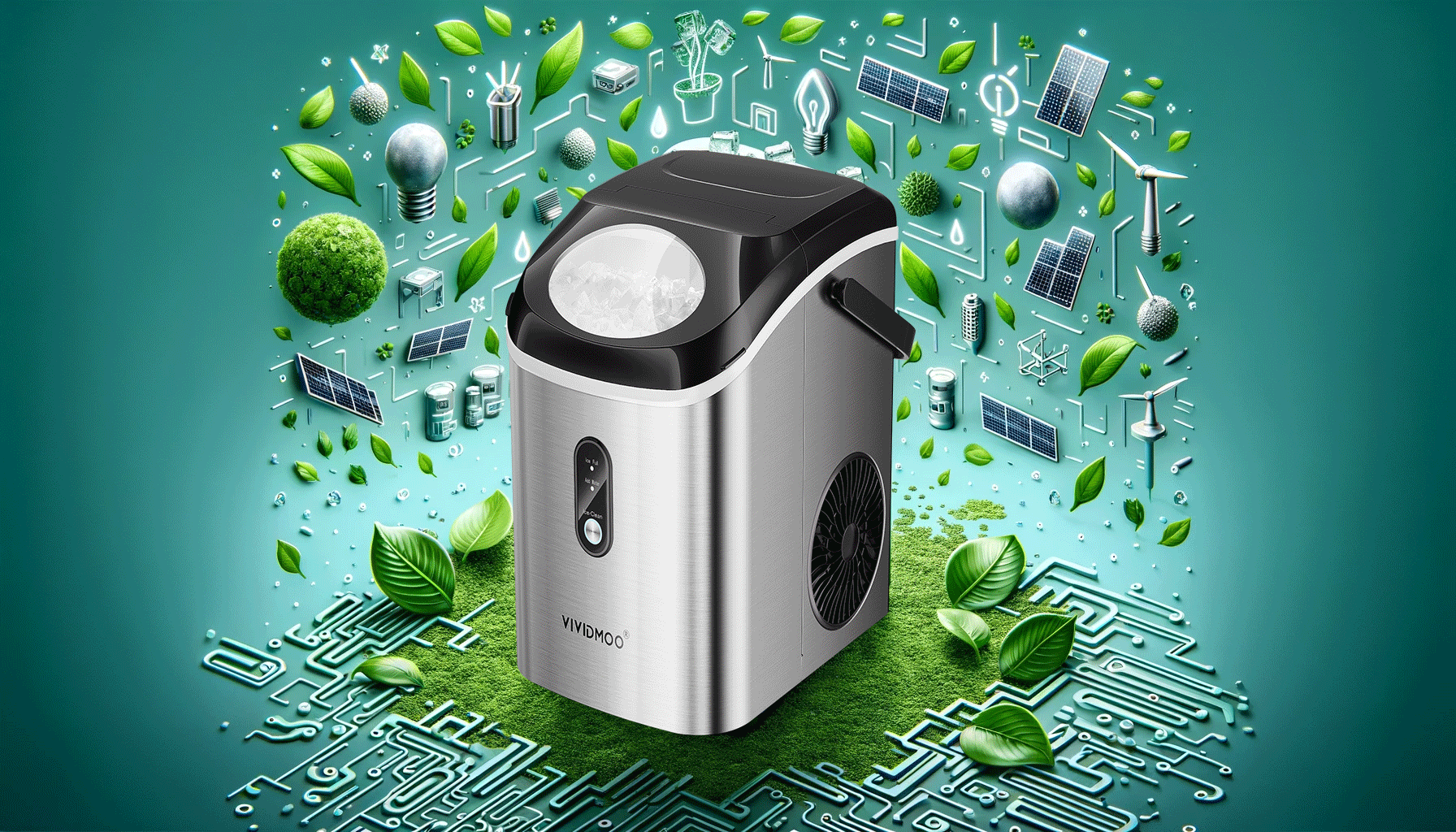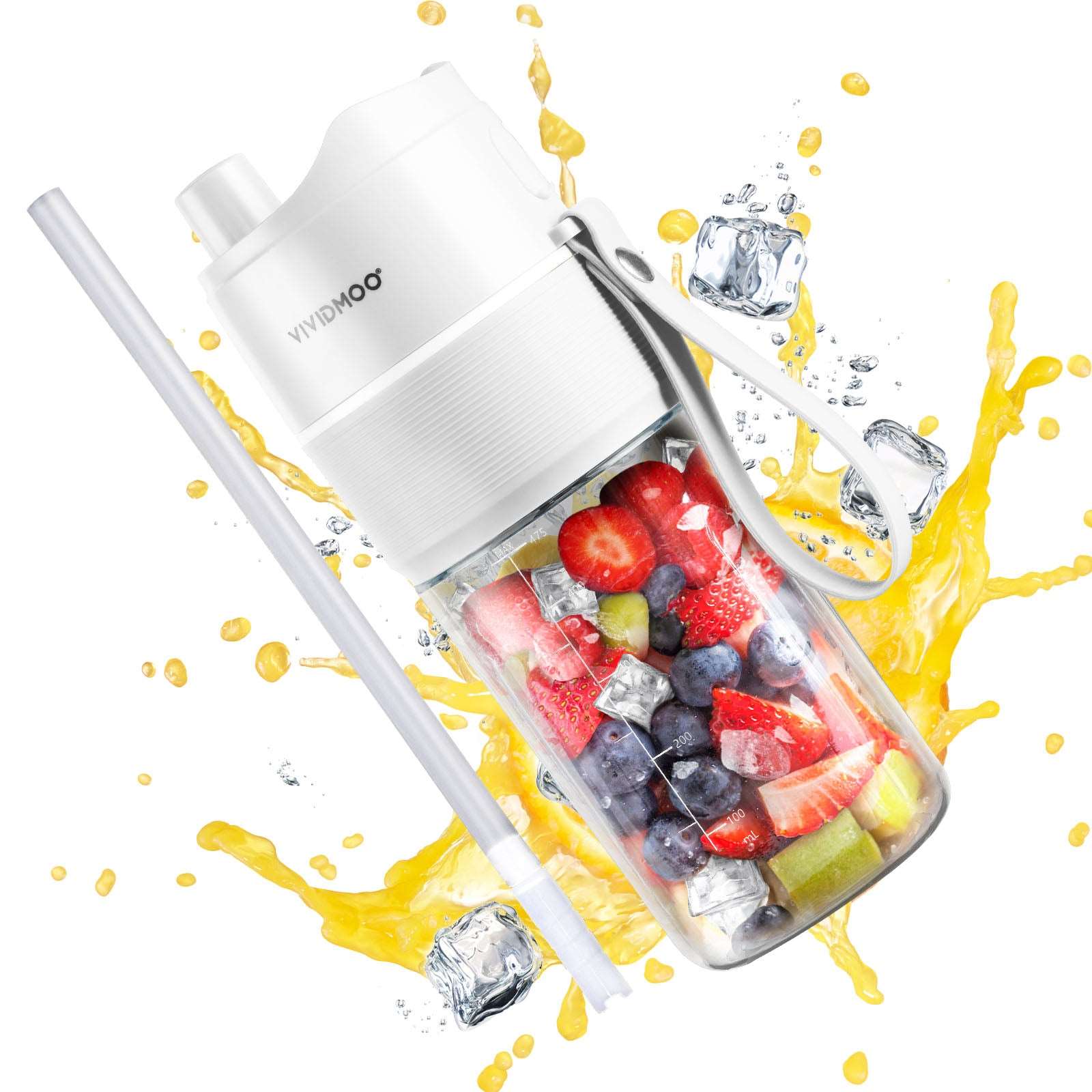
Is Your Nugget Ice Maker Eco-Friendly? Evaluating Energy Consumption and Efficiency
A Closer Look at the Sustainability of Your Favorite Ice Machine
Energy Consumption: Understanding the Basics
Nugget ice makers, like all refrigeration devices, require energy to cool water and turn it into ice. The amount of energy used varies significantly between models and is influenced by factors such as the machine's size, insulation quality, and compressor efficiency. Typically, a residential nugget ice maker's power consumption ranges from 100 to 400 watts, whereas commercial models can exceed 1,000 watts due to their larger ice production capacity.
Evaluating Efficiency: Key Indicators
Energy Star Certification
-
What It Means: The Energy Star label is awarded to products that meet strict energy efficiency guidelines set by the U.S. Environmental Protection Agency. An Energy Star-certified nugget ice maker uses 10 to 50 percent less energy than standard models, translating into significant savings on utility bills and a reduced environmental impact.
-
How to Verify: Look for the Energy Star logo on the appliance or its packaging, or search for the model on the Energy Star website to confirm its certification status.
Insulation and Design
-
Importance of Insulation: Good insulation keeps the cold air inside the ice maker, minimizing the amount of work the compressor needs to do to maintain the optimal temperature for ice production. This directly impacts energy consumption, with better-insulated models requiring less power to operate.
-
Design Efficiency: The internal layout of the ice maker, including the placement of the compressor and how air flows through the unit, can affect its energy efficiency. Compact designs that minimize unused space can maintain temperatures more efficiently, reducing energy use.
Advanced Compressors
-
Inverter Technology: Compressors with inverter technology adjust their speed based on the demand, which means they don't always run at full power. This adaptability can lead to substantial energy savings compared to traditional compressors that operate at a constant speed, regardless of the cooling demand.
-
High-Efficiency Models: Some nugget ice makers feature compressors designed specifically for low energy consumption. These models prioritize energy efficiency without compromising ice production capacity, offering an optimal balance for environmentally conscious consumers.
The Impact of Usage Patterns on Nugget Ice Maker Energy Efficiency

Frequent Access and Openings
-
Effect on Efficiency: Each time the ice maker is opened, warm air enters the unit, requiring the compressor to work harder to cool down the interior again. Frequent access not only increases energy consumption but can also lead to wear and tear on the compressor over time.
-
Best Practices: Limiting the number of times the ice maker is accessed and keeping the door or lid closed as much as possible can significantly reduce energy usage.
Ambient Temperature
-
Environmental Impact: Nugget ice makers operate more efficiently in cooler environments. When placed in areas with high ambient temperatures, the machine must expend more energy to produce and maintain ice, leading to increased electricity use.
-
Optimal Placement: Positioning the ice maker in a cooler part of the kitchen or away from heat-producing appliances can enhance its energy efficiency. Additionally, ensuring good ventilation around the unit helps prevent overheating and excessive energy consumption.
Ice Size and Production Settings
-
Customization and Energy Use: Many modern nugget ice makers offer settings to adjust the size and density of the ice. Smaller, denser ice requires more energy to produce, as the cooling process is more intensive.
-
Efficient Use: Selecting the appropriate ice size for your needs and avoiding unnecessary use of the smallest, densest ice settings can lead to energy savings. Utilizing programmable features to produce ice only when needed can also minimize wasteful energy use.
Maintenance and Cleaning
-
Maintaining Efficiency: Regular maintenance, including cleaning and descaling the ice maker, ensures optimal performance. A well-maintained machine operates more efficiently, using less energy to produce ice and maintain the desired temperature.
-
Routine Checks: Cleaning air filters, checking seals and insulation, and descaling the ice-making components according to the manufacturer's recommendations can prevent energy loss and extend the machine's lifespan.
Making an Eco-Friendly Choice: Practical Tips for Nugget Ice Maker Owners
When Selecting a Nugget Ice Maker:
-
Prioritize Energy Star-Certified Models: Look for models with an Energy Star certification to ensure you're choosing one of the most energy-efficient options available.
-
Consider Size and Capacity Carefully: Choose a machine whose ice production capacity closely aligns with your actual needs. Oversized machines consume more energy, leading to unnecessary costs.
-
Research Compressor Types: Opt for models with inverter technology compressors, known for their ability to adjust cooling power based on demand, thus enhancing energy efficiency.
-
Check for Advanced Insulation: Models with superior insulation maintain temperatures more effectively, reducing the energy needed for ice production.
-
Look for Eco-Friendly Features: Features such as programmable timers, eco-modes, and water-efficient designs can contribute significantly to overall energy savings.
Operating Your Nugget Ice Maker Efficiently:
-
Mind the Placement: Keep your ice maker in a cool, ventilated area away from direct sunlight or heat sources to minimize its cooling workload.
-
Regular Maintenance is Key: Clean and service your ice maker regularly according to the manufacturer's instructions to maintain its efficiency. Pay special attention to air filters and condenser coils.
-
Manage Production Wisely: Use programmable features to adjust ice production to your actual needs, avoiding unnecessary energy use during off-peak times.
-
Educate Users: In commercial settings, ensure staff are trained on the most efficient ways to use and maintain the ice maker, maximizing its lifespan and energy efficiency.
Long-Term Considerations:
Continuous Education and Adaptation:
-
Stay Informed: Advances in technology and changes in energy regulations may affect how best to use and maintain your nugget ice maker. Keeping abreast of such developments can help you adapt your usage to remain as energy-efficient as possible.
-
Upgrade When Necessary: Over time, newer, more energy-efficient models may replace your current machine. Consider upgrading to a newer model if it offers significant energy savings and environmental benefits, especially if your current ice maker is nearing the end of its useful life.
Foster an Environment of Sustainability:

-
Promote Eco-Friendly Practices: In settings where multiple users access the nugget ice maker, promoting a culture of energy conservation can amplify the positive impact of your eco-friendly appliance. Simple practices like closing the lid promptly, avoiding unnecessary ice production, and adhering to a regular maintenance schedule can collectively contribute to energy savings.
-
Engage with Suppliers and Manufacturers: Provide feedback to manufacturers and suppliers about what you value in an eco-friendly ice maker. Consumer demand plays a critical role in encouraging companies to innovate and prioritize energy efficiency in their products.
The Bigger Picture: Your Impact
Choosing and using an energy-efficient nugget ice maker responsibly reflects a broader commitment to reducing energy consumption and minimizing environmental impact. This appliance, while a small part of your overall energy usage, represents a tangible step towards sustainability. By making informed choices and adopting responsible usage patterns, you contribute to a larger effort to conserve resources and protect the environment, all while enjoying the luxury of nugget ice.
Conclusion:
The energy efficiency of a nugget ice maker extends beyond its technical specifications to encompass how it's selected, used, and maintained. By prioritizing eco-friendly models, adhering to energy-conscious usage patterns, and committing to regular maintenance, consumers can significantly reduce their environmental footprint. Moreover, these practices lead to tangible savings on energy bills, proving that environmental responsibility and economic practicality can go hand in hand. As technology advances and awareness grows, the journey towards more sustainable appliance usage paves the way for a greener, more eco-conscious lifestyle.











